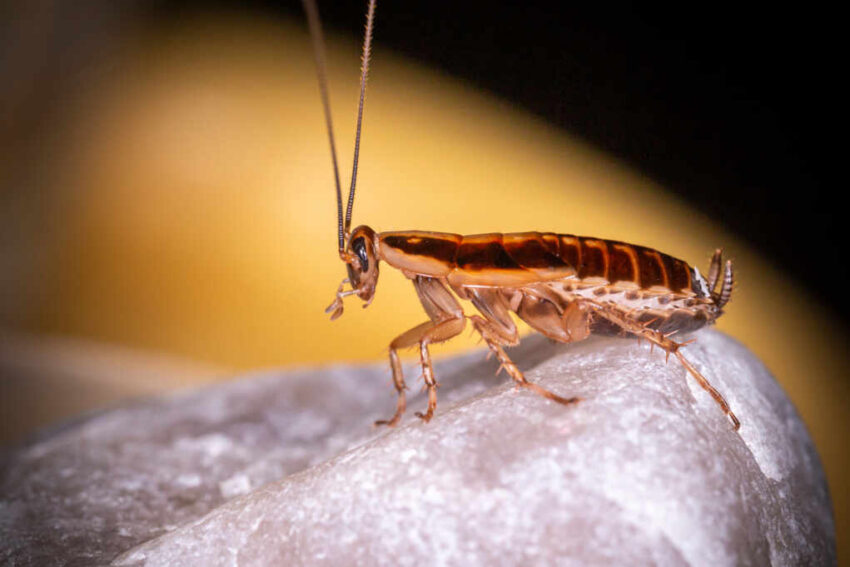A German defense startup is developing biologically-enhanced insects to infiltrate tight spaces and gather intelligence—ushering in a bizarre and groundbreaking era of battlefield surveillance.
At a Glance
- Germany’s SWARM Biotactics has secured €10 million to develop cyborg cockroach recon tools.
- The project integrates live insects with electronic sensors and neural controls.
- These bio-hybrids are designed to operate where drones can’t go—inside rubble, bunkers, or tunnels.
- Military strategists see potential for urban surveillance and battlefield intel.
- The concept builds on DARPA-backed research into insect-machine integration.
Science Fiction, Now Funded
The idea of deploying cyborg insects isn’t new—but SWARM Biotactics has taken the concept from prototype to funding reality. The Munich-based firm secured €10 million to expand its biologically integrated surveillance program. The core platform enhances cockroaches with micro-sensors, GPS modules, and neural stimulation systems that allow operators to steer the insects remotely.
Using a lightweight, flexible harness, engineers connect to the insect’s nervous system without disabling its natural movement. The result: a tiny, controllable surveillance agent capable of slipping through spaces too dangerous or narrow for conventional devices. The platform requires no continuous power supply and functions with minimal remote input, making it ideal for stealthy, autonomous recon.
Watch a report: Scientists control swarms of cyborg cockroaches · YouTube
Small Size, Big Intelligence
These cyborg cockroaches offer stealth, mobility, and persistence unmatched by traditional robots. Designed to carry payloads like microphones, thermal sensors, and vibration detectors, they can scout enemy hideouts, navigate collapsed structures, or locate survivors during disasters. Their organic nature allows them to blend into natural environments without raising suspicion or triggering defense systems.
European defense agencies are closely watching the project for urban warfare and counterterrorism applications. Some analysts also note the potential for civilian use in search-and-rescue, pipeline inspections, and hazardous material detection.
Ethics, Risks, and Realities
Despite the enthusiasm, the program has sparked ethical questions about using animals for warfare and the long-term effects of militarized biotech. Advocates argue these creatures reduce human exposure to high-risk situations and offer a low-cost, disposable alternative to more expensive drones.
SWARM Biotactics is continuing with live trials focused on obstacle navigation and environmental data relay. If successful, it could mark the dawn of an entirely new reconnaissance era—where the next great leap in intelligence-gathering comes on six legs and a neural interface.
Click this link for the original source of this article.
Author: Editor
This content is courtesy of, and owned and copyrighted by, https://deepstatetribunal.com and its author. This content is made available by use of the public RSS feed offered by the host site and is used for educational purposes only. If you are the author or represent the host site and would like this content removed now and in the future, please contact USSANews.com using the email address in the Contact page found in the website menu.








